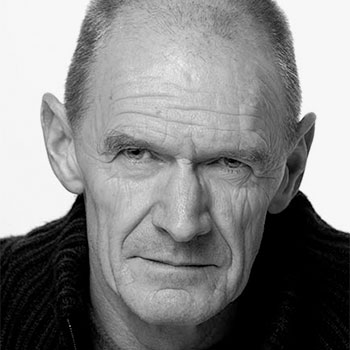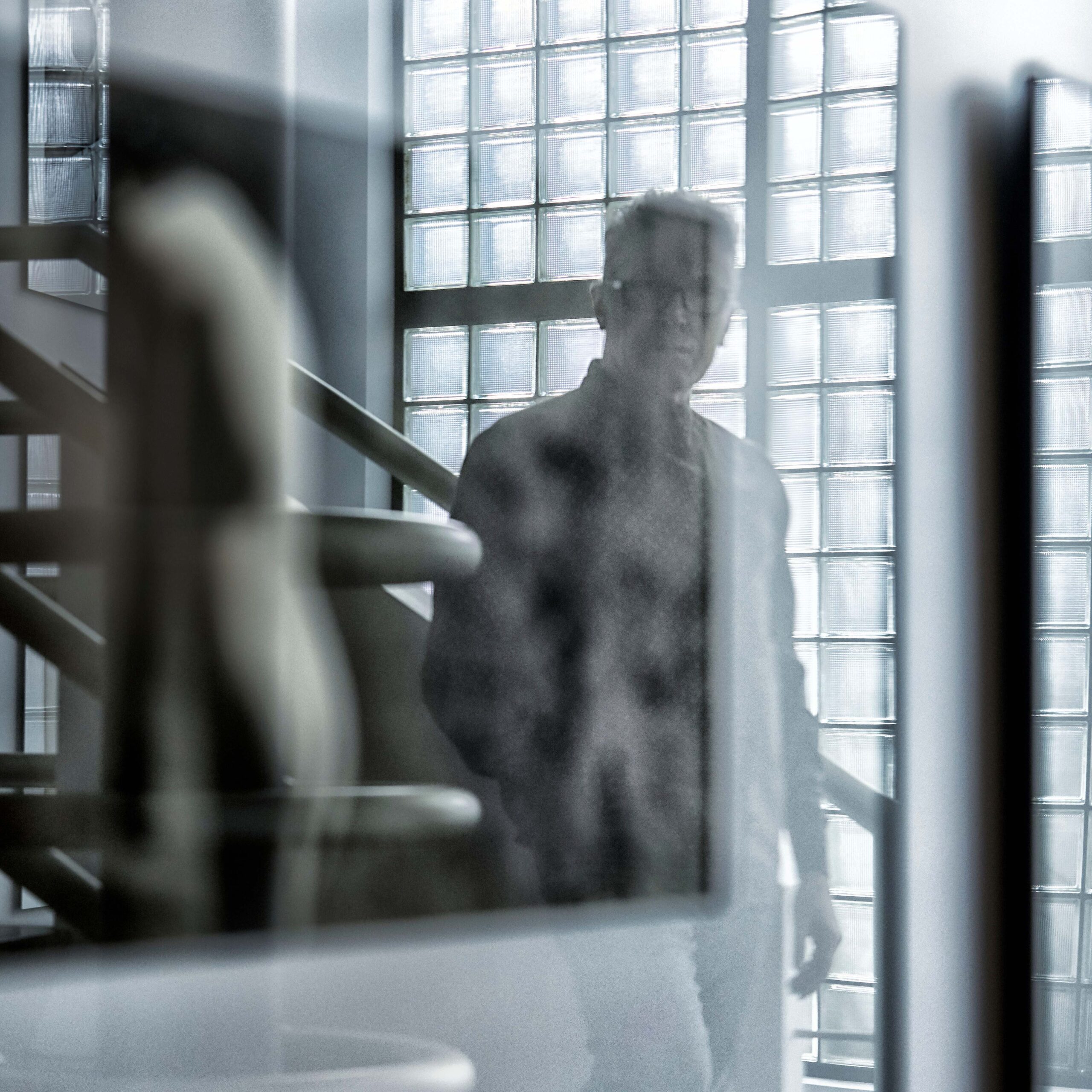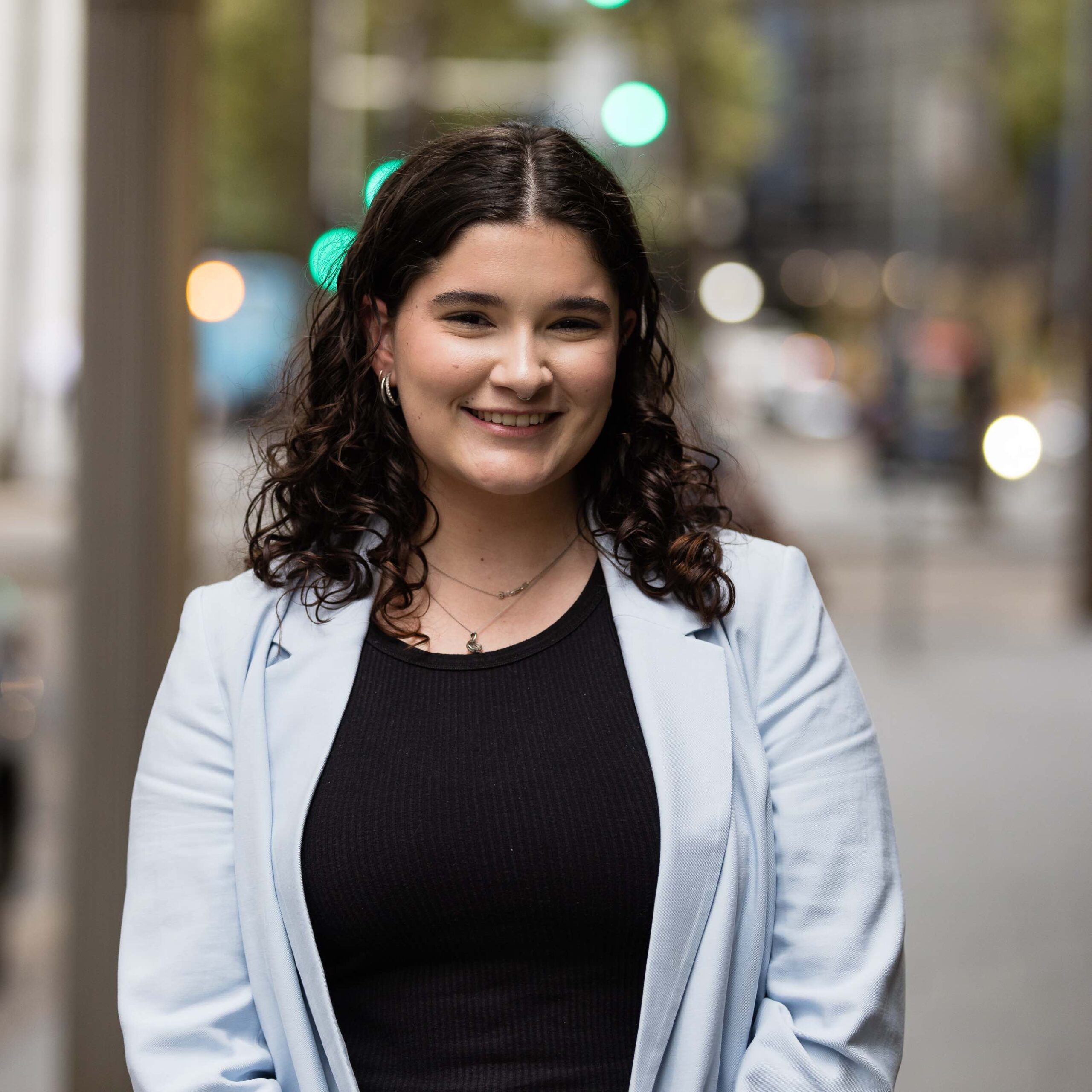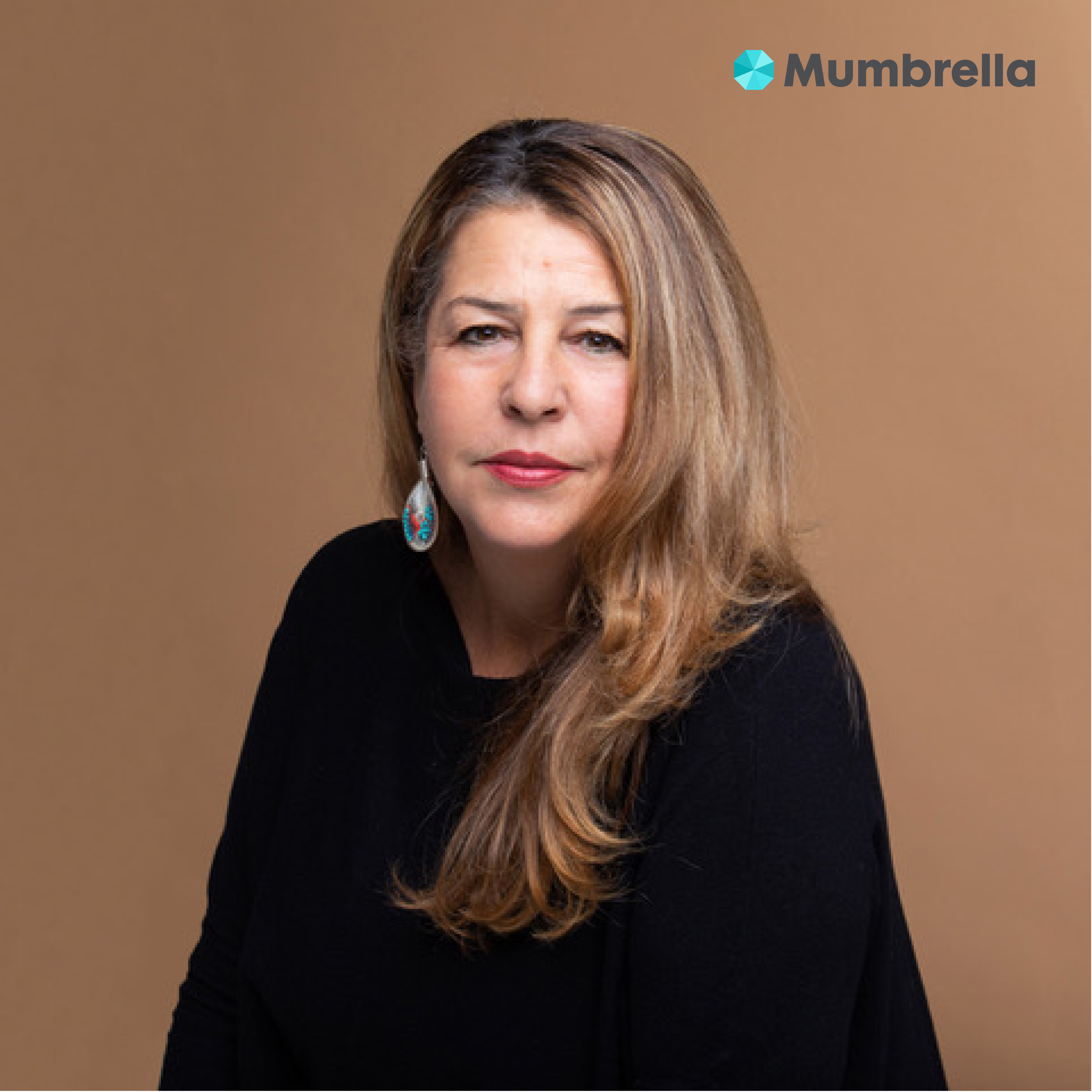
In Conversation with John Gollings

John Gollings holds a Master’s degree in Architecture from RMIT University and an Honorary Fellowship of the Australian Institute of Architects. He is Adjunct Professor, School of Media and Communications, RMIT University.
He works in the Asia-Pacific region as an architectural photographer, much of the work involving long-term cultural projects especially in India, Cambodia, China, Indonesia, Libya and New Guinea. He specialises in the documentation of cities, old and new, often from the air. He has had a particular interest in the cyclic fires and floods that characterise the Australian landscape and he documents these with aerial photography. He was co-creative director of the Venice Architectural Biennale in 2010.
Books include two volumes of New Australia Style published by Thames & Hudson; City of Victory, Aperture; and Kashgar, Oasis City on China’s Old Silk Road, Frances Lincoln Limited. In 2012 Thames & Hudson published Beautiful Ugly a monograph of his contemporary architectural photography.
His work is held in national and international collections including: Asia Society, New York; Canadian Centre for Architecture, Montreal; Australian National Gallery, Canberra; National Gallery of Victoria, Melbourne; National Portrait Gallery, Canberra; Monash Gallery of Art, Melbourne; State Library of Queensland, Brisbane; Janet Holmes á Court Collection, Cowaramup; Gold Coast City Gallery, Surfers Paradise; Rockhampton Art Gallery, Rockhampton; and the National Library of Australia, Canberra. The Kaladham Museum in Karnataka, India was built by the Jindal Steel Company to house his life’s work at the Hampi Ruins.
His work has recently been included in exhibitions at the Australian Centre for Photography, Sydney; Gold Coast City Gallery, Surfers Paradise; Immigration Museum, Melbourne; Fremantle Arts Centre, Perth; and the National Gallery of Australia, Canberra. In 2013, McClelland Gallery exhibited Aftermath, Gollings’ bushfire series from Black Saturday.
He has twice received the Australian Institute of Architects Presidents Prize and in 2013 he was awarded the inaugural William J. Mitchell International Committee Prize by the Australian Institute of Architects.
In 2016 he was made a Member of the Order of Australia (AM) for ‘significant service to photography through the documentation of iconic architectural landmarks in Australia and the Asia Pacific region’.
Who (or what) inspires you?
The work of other artists inspires me. I’m intrigued by the creative process that others exhibit and how they got to a final solution. Of other photographers, Miroslav Tichý is my favourite. He was a photographer who from the 1960s until 1985 took thousands of surreptitious pictures of women in his hometown of Kyjov in the Czech Republic, using homemade cameras constructed of cardboard tubes, tin cans and other at-hand materials. Most of his subjects were unaware that they were being photographed. His work is the opposite of mine but I aspire to his looseness and insanity.
How did you get your first break?
Rennie Ellis introduced me to the Melbourne advertising world and I was offered a job in a studio called Orpin and Bourne. Those two crazy characters taught me everything about life and photography. With a folio from that studio I picked up some large national accounts as an untried beginner. I didnt know what I was doing which turned out to be what the clients and art directors wanted.
Tell us what you are currently working on?
Still shooting large modern architecture projects in Australia and Southeast Asia, sports stadiums, Commonwealth Games villages, houses, universities etc. Currently shooting a book of all the Stepwells in India and aerial landscape in Australia.
Top tips for an aspiring architectural photographer?
Don’t be obsessed with earning money, if you are good it will follow from commissions. Keep shooting anything because you love to take photos! Never give a client an image they could have made themselves! You have to be better and fresher than all the other established photographers currently practising, otherwise you have nothing to offer. While skill is a given, personality will keep clients coming back! Being humorous and rational is a good start.
Share it around…






